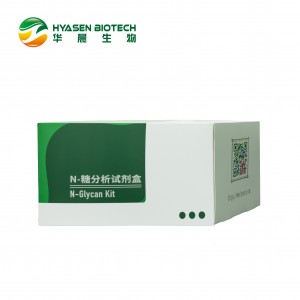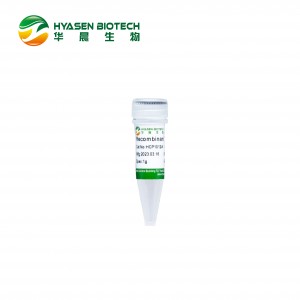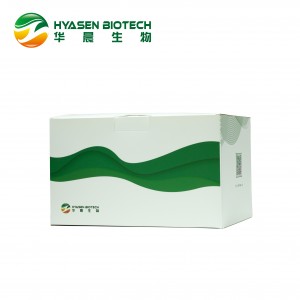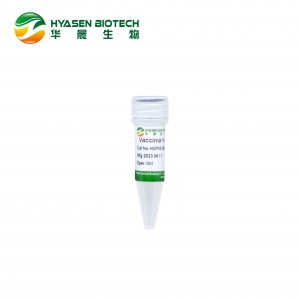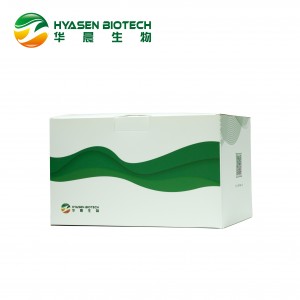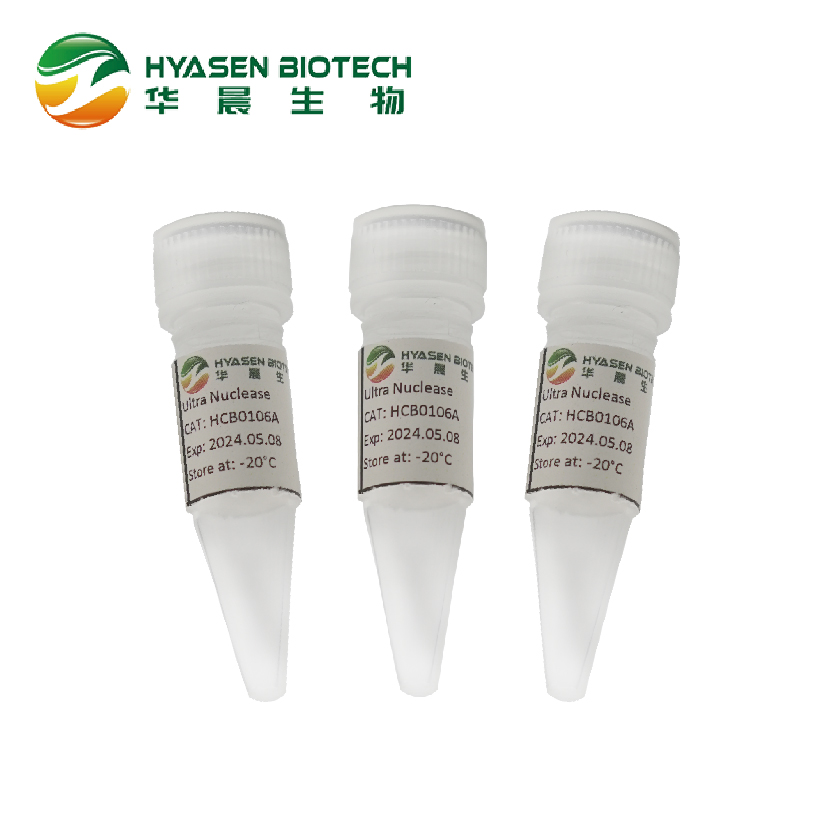
Ultra Nuclease
Description
UltraNuclease is a genetically engineered endonuclaese derived from Serratia marcescens, which is capable of degrade DNA or RNA, either double or single stranded, linear or circular under a wide range of condition, completely degrade nucleic acids into 5’-monophosphate oligonucleotides with 3-5 base length.
After genetic engineering modification, the product was fermented, expressed, and purified in Escherichia coli (E. coli), which reduces the viscosity of cell supernatant and cell lysate in scientific research, but also improve the purification efficiency and functional research of protein. It can also be used in the gene therapy, virus purification, vaccine production, protein and polysaccharide pharmaceutical industry as a host residue nucleic acid removal reagent.
Chemical Structure
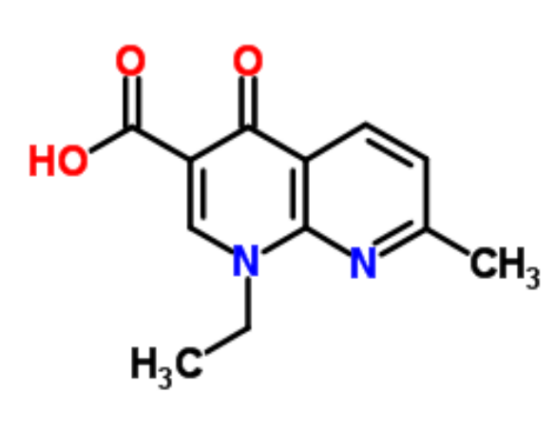
Unit Definition
The amount of enzyme used to change the absorption value of △A260 by 1.0 within 30min at 37 °C, pH 8.0, equivalent to digested 37μg salmon sperm DNA by cutting into oligonucleotides, was defined as an active unit.
Usage and Dosage
• Remove exogenous nucleic acid from vaccine products, reduce the risk of residual nucleic acid toxicity and improve product safety.
• Reduce the viscosity of feed liquid caused by nucleic acid, shorten processing time and increase protein yield.
• Remove the nucleic acid which wrapped particle (virus, inclusion body, etc.), which is conducive to the release and purification of the particle.
• Nuclease treatment can improve the resolution and recovery of the sample for column chromatography, electrophoresis and blotting analysis.
• In gene therapy, nucleic acid is removed to obtain purified adeno-associated viruses.
Specification
| Test Items | Specifications |
| Description | Clear and Colourless |
| Activity | ≥ 250 U/ul |
| Specific activity | ≥1.1*106 U/mg |
| Purity (SDS-PAGE) | ≥ 99.0% |
| Proteases | None detected |
| Bioburden | <10 cfu/100,000U |
| Endotoxines(LAL-test) | < 0.25EU/1,000U |
Transportation and storage
Transportation: Shipped under 0 °C
Storage: Store at -25~-15°C
Recommended re-test Life: 2 year (avoid freezing-thawing)






